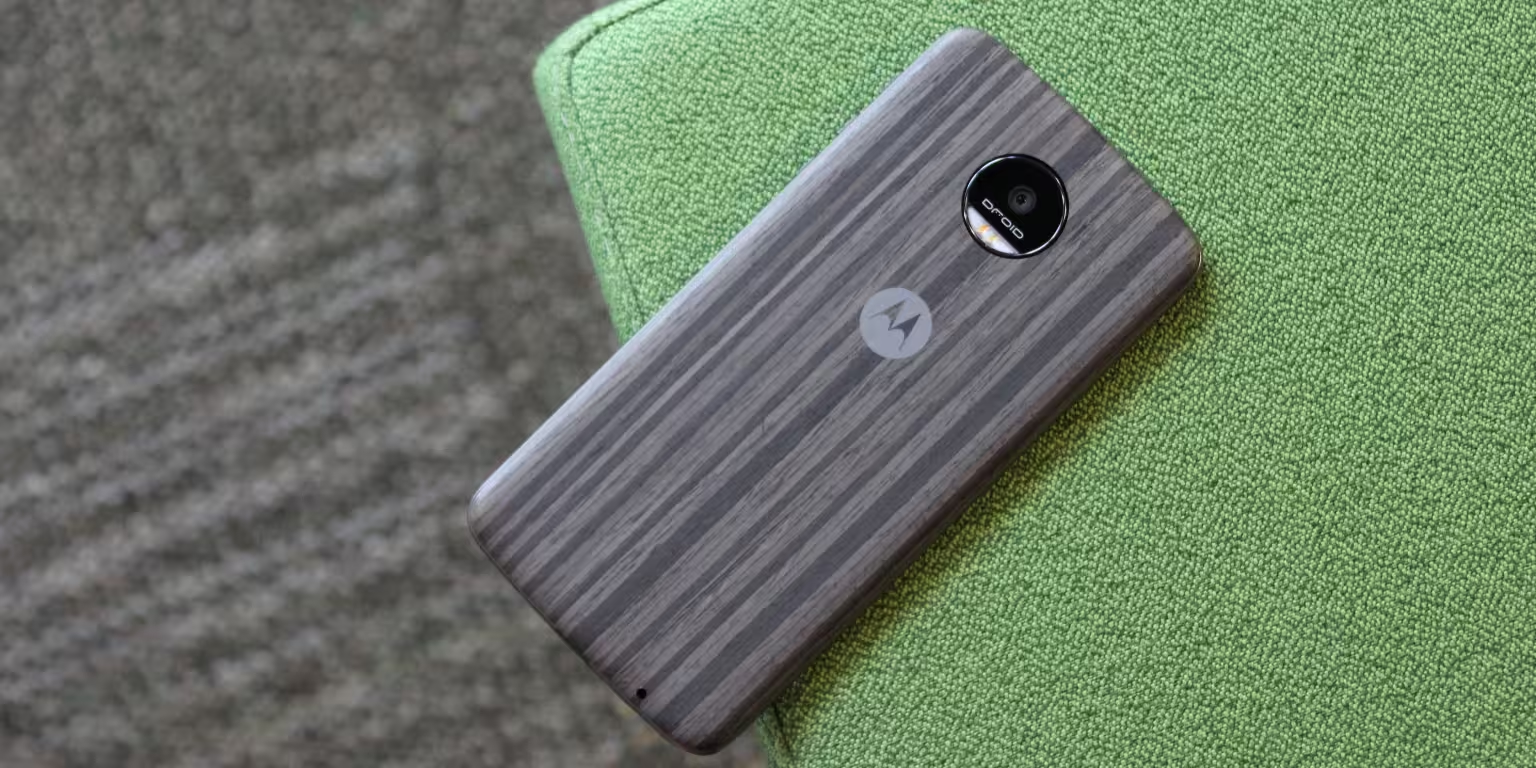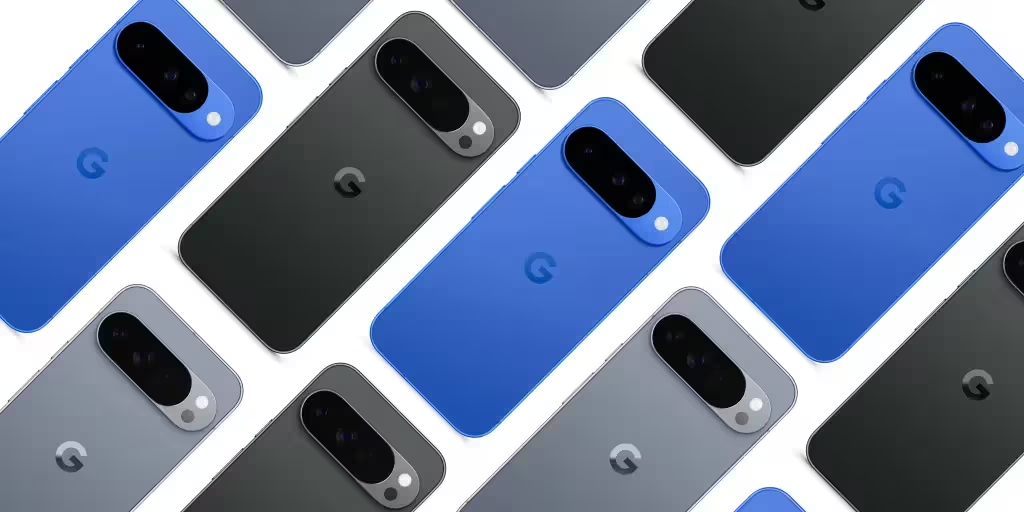9 Minutes
Introduction: Why Pixel 10's Qi2 Support Matters
Leaked renders and early marketing for Google's next flagship may make the Pixel 10 look familiar, but the real story lies in hardware refinements. Beyond typical software updates and incremental camera improvements, Google’s decision to implement native Qi2 support across the Pixel 10 family could unlock a broader magnetic accessories ecosystem. That hardware change—an integrated magnet array—could turn magnetic chargers, wallet modules, stands and more from optional add-ons into built-in, first-class features of the phone lineup.
What Is Qi2 and Why Built-In Magnets Change the Game
Qi2 is the next evolution of wireless charging standards that adds standardized magnetic alignment and accessory compatibility similar to Apple’s MagSafe, but with broader industry support. Many Android makers have experimented with magnetic attachments, often requiring special cases to host magnets. The Pixel 10 reportedly embeds Qi2’s magnet array inside the chassis itself, removing the need for third-party magnetic cases and creating a consistent attachment point for accessories across the entire 2025 Pixel series.

Product Features: Pixel 10, Pixelsnap, and Magnetic Accessories
Based on leaks and early reports, these are the Pixel 10 features that matter to accessory designers and power users:
- Native Qi2 magnet array built into the phone’s backplane for reliable alignment.
- Compatibility with Qi2 and MagSafe-style accessories—chargers, wallets, stands, and third-party modules.
- A thicker chassis relative to prior Pixel generations to accommodate magnets and shielding; a small trade-off for integrated magnetic functionality.
- Software hooks and a rumored “Pixelsnap” branding that could signal a Google-first accessories program with native pairing and customization options.

How this differs from existing MagSafe and third-party solutions
Many devices require magnetized cases to work with magnetic accessories. That extra layer adds cost, complexity and variability. The Pixel 10 embedding magnets directly into the phone eliminates that dependency, improving alignment accuracy and user experience. Instead of forcing users to buy proprietary cases, Google can deliver a consistent magnetic mounting surface that enables secure attachment and potential data or power handshake via NFC or other communication methods.
History Lesson: Moto Mods — A Concept Ahead of Its Time
To understand the potential here, it helps to look back at Motorola’s Moto Mods ecosystem from the Moto Z series (2016–2019). Moto Mods offered snap-on accessories—battery packs, cameras, speakers, even projectors—using a magnetic array and pogo pins. They were hot-swappable and innovative but ultimately didn’t reach mainstream momentum for a few reasons:
- Limited device compatibility: Mods were tied to the Moto Z line instead of being supported across a broad portfolio.
- Timing and design trends: As smartphone displays moved to taller, edge-to-edge panels, the chunky Moto Z design looked dated and constrained accessory design choices.
- Execution and ecosystem: While several third parties produced great Mods (Hasselblad cameras, JBL speakers), Motorola didn’t sustain broad developer incentives or marketing support to scale the ecosystem.
Those lessons are instructive: the idea of magnetic modularity was promising, but execution and ecosystem strategy fell short.
Why Pixel 10 Could Succeed Where Moto Mods Fell Short
Google has several advantages Moto lacked:
- Platform breadth: By integrating Qi2 magnets across every Pixel 10 model, Google can reach far more users than Motorola did with a single product line.
- Stronger ecosystem potential: Google can leverage Play Store partners, Android OEM collaborations and accessory makers to scale accessory availability and standardization.
- Refined design and software: “Pixelsnap” or equivalent functionality could provide native pairing, UI integration, and firmware updates that make accessories smarter and more reliable.
Design and Practical Trade-Offs
There are realistic compromises to consider. The Pixel 10 series reportedly adopts a similar design language to the Pixel 9—squared-off corners and a pronounced camera bar. Embedding magnets and protective shielding means a slightly thicker device. For users who prefer ultra-thin, caseless phones, the added thickness could be a drawback. A magnetic shell or Style Shell-style cover that adheres flush to the camera bar might push the total thickness beyond 12mm in some configurations, which will be a concern for a subset of buyers.

Connectivity vs. Power: The pogo pin question
Another technical constraint is accessory communication. Moto Mods used pogo pins to enable high-bandwidth, low-latency interfaces for devices like projectors and advanced camera modules. By contrast, MagSafe and Qi2 primarily rely on wireless power and low-bandwidth signaling such as NFC. That means some legacy Moto Mod concepts—heavy-duty external projectors, advanced sensor stacks, or game controllers with passthrough data—would be difficult to replicate with magnets alone unless Google supports hybrid interfaces (e.g., magnetic attachment + hidden pogo pins or USB-C breakout in an accessory).
Comparisons: Pixel 10’s Magnetic Approach vs. Other OEM Strategies
How does Google’s approach stack up to what Samsung, OnePlus and others are doing?
- Samsung and OnePlus: Both have experimented with magnetic chargers and limited accessories, but many implementations require cases or proprietary mechanisms. They’ve been incremental and often fragmented.
- Apple’s MagSafe: Apple standardized a broadly supported magnetic ecosystem with a distinct protocol and marketing clout. It’s the clearest demonstration that consumers will buy into magnetic accessories if alignment, performance and product breadth are consistent.
- Pixel 10: Built-in magnets across a flagship family offer an opportunity to combine Apple's consistency with Android’s open ecosystem advantage—if Google invests appropriately in standards, developer outreach and first-party accessories.
Advantages of a Modern Pixel Modular Ecosystem
- Better alignment and reliability: Embedded magnets should provide tighter tolerances for charging and accessory attachment than add-on cases.
- Broader accessory market: First-party “Style Shells,” wallets, wireless speaker packs, and battery banks can be sold alongside third-party options that use the same anchor points.
- Unified experience: Native software integration (pairing, battery reporting, accessory-specific UI) can create a seamless consumer experience that Moto Mods lacked.
- Faster adoption: A whole-line rollout of Qi2 allows partners to justify investment in accessory development for a guaranteed installed base.
Practical Use Cases and Developer Opportunities
A modern magnetic accessory program opens many doors for practical and creative products:
- Power solutions: Snap-on battery packs that share charge and report remaining capacity to the Pixel’s battery UI.
- Audio: Bluetooth speaker modules that boost loudness and quality without carrying a separate device.
- Imaging: Attachments that expand optical zoom or add specialized flashes—though true optical modules may need higher-bandwidth links or camera API support.
- Productivity: Magnetic keyboard attachments, kickstands, and wallet-cases that look more integrated than typical third-party solutions.
- IoT and smart home: Clips and mounts for smart sensors, remote controls, and content-capture rigs that benefit from rapid attachment and detachment.
Market Relevance: Why This Matters for Consumers and OEMs
Magnetic accessories are no longer niche. MagSafe’s success proved that consumers will buy into ecosystem-driven add-ons when they’re reliable and well-integrated. For Google, embedding Qi2 magnets into the Pixel 10 represents an opportunity to differentiate the Pixel ecosystem—particularly at a time when hardware innovation is more incremental than radical.
For accessory makers and case manufacturers, a standardized magnetic interface backed by a major platform vendor reduces fragmentation risk and makes it easier to invest in premium accessories. For consumers, it promises more choice: high-quality first-party products, third-party budget options, and novel form factors that go beyond basic charging and wallets.
Potential Roadblocks and What Google Should Do Next
There are challenges and strategic choices Google must make to maximize success:
- Provide developer tools and reference designs so third parties can build reliable accessories without reverse engineering.
- Consider hybrid communication methods—magnetic attachment for alignment and power, plus a hidden data interface (pogo pins, pogo-less conductive pads, or wireless high-speed protocols) for higher-function accessories.
- Invest in first-party “Style Shell”-type back covers and a small suite of flagship accessories to kickstart the ecosystem and signal commitment.
- Balance thickness and ergonomics: make magnetic functionality optional by offering thin official covers for caseless users who prefer minimal bulk.
Conclusion: A Modern Take on an Old Idea
Moto Mods was a creative, forward-looking attempt at modularity that stumbled because of limited reach and timing. Google’s Pixel 10, with integrated Qi2 magnets and broader platform support, has a real chance to pick up the best parts of that idea and do them better. It won’t be an exact replication of the Moto Z era—technical constraints and market expectations have changed—but a modern, software-first approach to magnetic accessories could deliver many of the same benefits in a way consumers are ready to adopt. If Google plays its cards right—standardized hardware, developer support, and purposeful first-party accessories—the Pixel 10 could mark the beginning of a renewed era for magnetic smartphone accessories and modular experiences.
Source: 9to5google

Leave a Comment